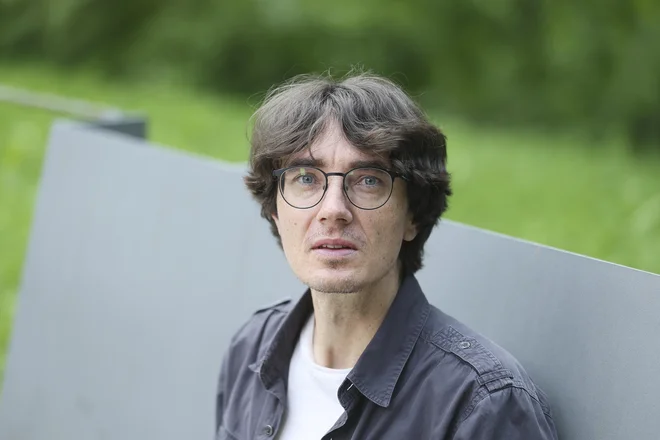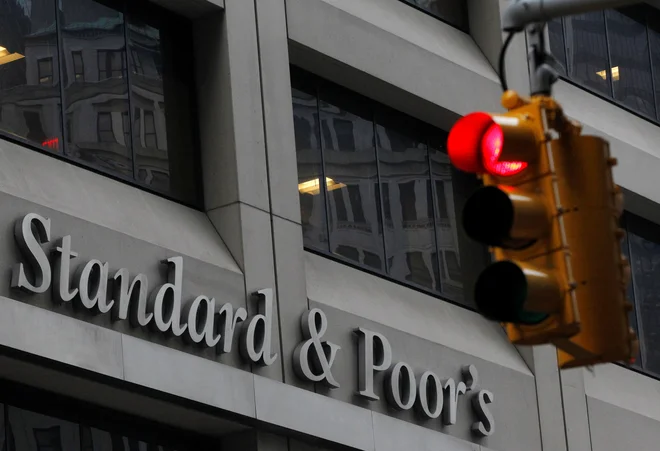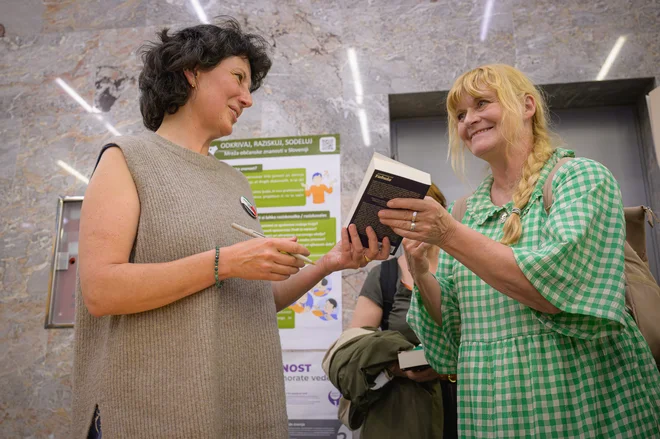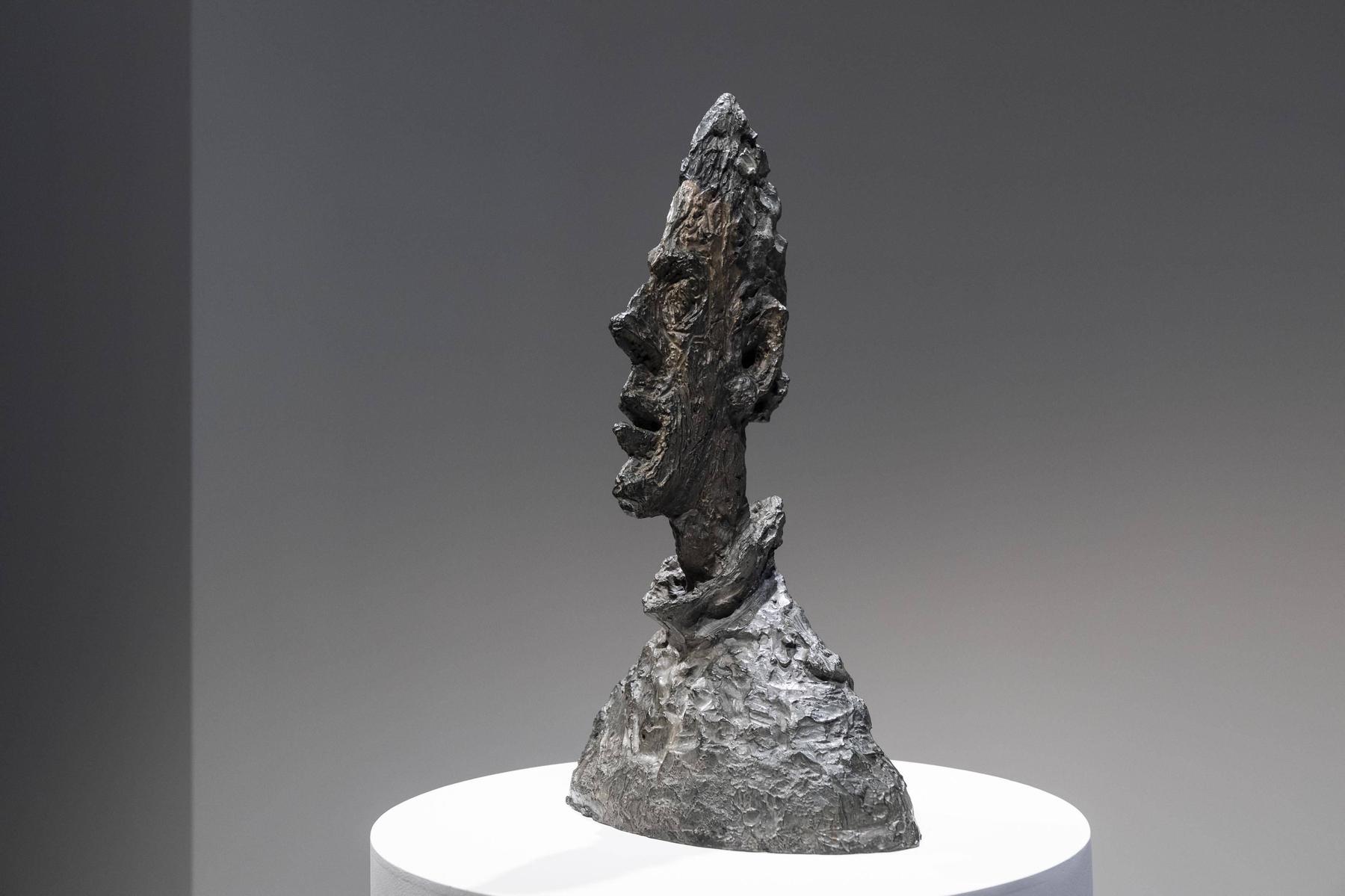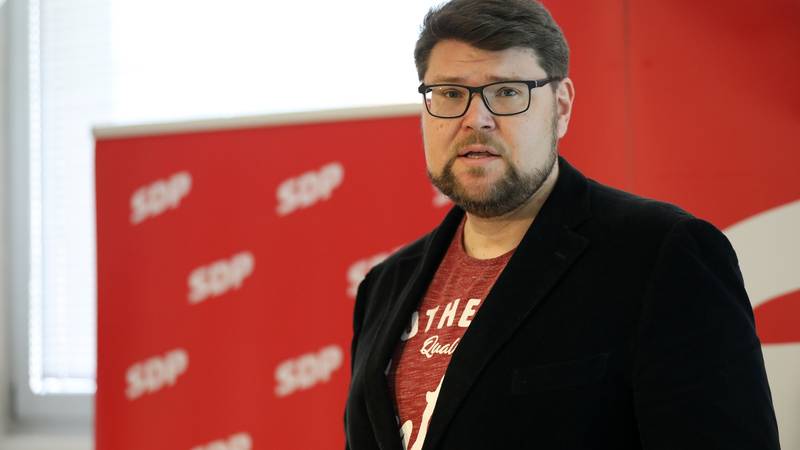The world will be again in anticipation of white smoke from the Sistine Chapel

He died Pope Francis. With the resignation or death of the pope comes time Apostols sit Vacans (sitting Vacante) when the apostolic seat is emptied and the path to the new pope is edited a set of rules collected under the Contlave label. As the label that comes from Italian to or Latin – cum clavewith a key or under key -, the fight of various Vatican streams and cardinals labeled papabilewhich is attributed to success, in an isolated environment. All the rest of the world and the wishes and expectations of about 1.4 billion world Catholics remain outside the door.
Also read:
Franciscan portrait: A different pope left
How will Pope Francis be buried? A simple rite at Mary the Snow
Cardinal voters who live in the House of Sv. Martha in the Vatican, are imprisoned in the Sistine Chapel during votes. When they enter it, the last cardinal closes and locks the door. The victory is a single one, and even though it is always a cardinal, the rules do not dictate it. Theoretically, they can also run for any other Catholic baptized and unmarried man …
The joint cardinal choir has 352 members. Photo: Guglielmo Mangiapane/Reuters
The Cardinal Choir has as many as 253 members, deciding on the Pope 138
The candidate must persuade two -thirds of cardinals with the right to vote. They currently state the number of 138 and 114 cardinals that do not have these rights. The latter also include Slovenian Cardinal Franc Rodewhich is 90 years old. The total cardinal assembly has 253 members. According to the press, this year there will be 14 of them 80 years old, which will move from the electorate species among those without the possibility of voting.
Last Conclava led to the enthronement of the Jesuit Jorge Maria Bergoglia after pope Francisbegan on March 12, 2013 with the morning Mass Pro elligendo papaended the next day, 13 March. Of course, the two -year history of the papacy has not always gone so smooth. Thus, the longest Conclava in the Italian city of Viterbo began in 1268 and ended almost three years later. They are then the pope Gregory X. They only elected when the angry people blackened their appointment. Therefore, the voters also reduced the amount of food during the Conclav.
The shortest ending so far, however July II. 31. October 1503 in Rome. It is precisely this Renaissance pope that is Michelangel ordered the painting of the ceiling of the Sistine Chapel with murals, under which the cardinals vote today.
According to the Slovenian Bishop’s Conference at the Last Conclav in 2013, the process itself was edited by three basic documents: the Apostolic Constitution Pope John Paul II. Dominica Gregis Universities from 1996 and two motto propria Pope Benedict XVI. De Aliquibibus Mutatationibus and Normis de Electione Romani Pontifikis from 2007 and Motu Proprio Normas nonnullas dated 22. February 2013.

The shortest ending so far lasted only a few hours, which happened when Pope Julius II elected. 31. October 1503 in Rome. It was this Renaissance pope that commissioned Michelangelo to paint the Sistine Chapel with murals that cardinals can admire today. Photo: Stefano Rellandini/Reuters
The time of the unoccupied throne
With the resignation or death of the pope comes time Apostols sit Vacans (sitting Vacante) when the apostolic seat is emptied. This ceases the functions of all the prefects of congregations, the presidents of the papal councils and other members of Roman Kuria. The function not only extinguishes some few persons or officials. The right and duty to elect a new pope is given by the Cardinals, who on the day of the discharge of the headquarters of St. Peter did not turn 80.
Pope Francis has recently extended his term of 91-year-old Giovanni Battisti breedinga cardinal at the site of the Cardinal Choir. In this role, Re will control the preparations for the ends and lead the meetings of the cardinals.
The elections begin from 15 to 20 days after the death (or resignation) of the Pope, unless the cardinals at the consultative congregations before the Conclav are defined differently. Cardinal voters who live in the House of Sv. Martha in the Vatican, during the votes, are imprisoned in the Sistine Chapel, they are disabled by any contact with the outside world and the possibility of influencing the outcome of the vote. When everyone enters the chapel, the last cardinal closes and locks the door.

Preparation of the Sistine Chapel for Conclaves, which in 2005 led to the election of Pope Benedict XVI. Photo: Osservatore Romano/Reuters
Theoretical candidacy is not limited to cardinals
The following information is also interesting: although in recent centuries, one of the cardinals has always been elected to the site of the pope, the rule determines the merely that the candidate must be baptized and an unmarried man who is not obstructed by God’s or church restraint.
Two -thirds of the voter cardinals present must be imposed on the election of the candidate, but if the number were not divisible by three, two -thirds and one vote are required for the election. If the Cardinals do not elect the pope after 34 rounds of votes (Skrutini), the elections are only held between the two candidates who received the most votes in the last round of votes; These two have no voting right, and one of them must collect a two -thirds majority.
At the end of each vote, they bind the leaves and burn them in the oven, adding a substance that stains the smoke accordingly. If the vote was not successful, black smoke is smoked from the chimney, but if it was successful and the pope was elected, then white smoke, at the city and the world from the central balcony of the Basilica of St. Petra hear the famous Habemus papam (We have a pope), with whom the Cardinal Protodiakon declares the name of the new pope after the end of the Conclav. Finally, Pope Francis was proclaimed by the French Cardinal Jean-Louis Pierre Tauran. Last July it was announced that in the case of the Conclav, the election of the Pope would also proclaim the French Cardinal, this time Dominique Mamberti. If, of course, he was not elected to the Pope himself.
Today’s selection process has basically been extremely long. Pope Gregor X. Due to the incident at the Lyon Council in 1274, he presented a strict provisions for the next ends, which are still in force today, although the Conclaves have long been in the Vatican for a long time. Since then, the Cardinals have been strictly separated from the outside world throughout the duration.
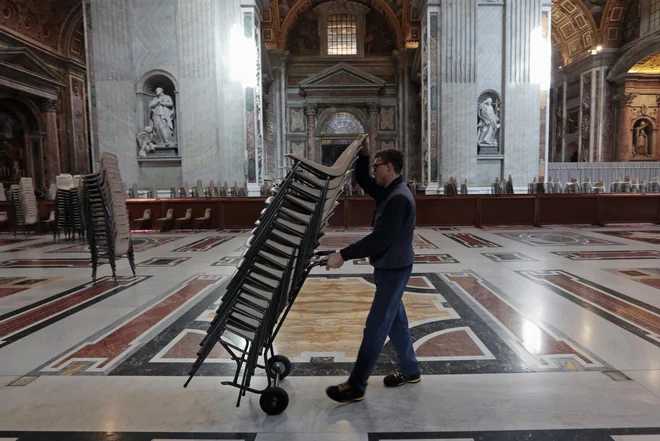
Preparations in the Vatican on the Last Conclaves in 2013. Photo: Eric Gaillard Reuters/Pictures
After the democratic beginnings, only the Cardinals have decided for millennia for millennia
Of course, this was not always the case. In the early time of Christianity, when the ancient -Roman tolerance of the various religious divisions in the centuries of Neron by Diocletian There were periods of sharp prosecution periods and the suppression of early Christianity, they were to decide who the Roman bishop, that is, the Pope, were also involved by lay believers. Only about the first, St. Peter, legend says he chose it directly Jesus.
In the first centuries of our counting, the Pope – Roman Bishop – was elected by believers and priests of that diocese, like the rest of the bishops, writes on the portal of the Slovenian Bishop’s Conference. This element of direct democracy began to be lost when Christianity is after Constantine At the beginning of the 4th century, the Roman authorities began to be appropriated. Constantine was the first emperor to accept Christianity. With East August Bid in 313 he published the Milan Edict, which declared religious freedom throughout the empire.
As early as the 4th century, after the practice introduced at the Council of Nice (l. 325), the Pope was voted only by the clergy, and the people had the task of confirming it and adding their consent. In the following centuries, the newly elected pope also had to receive imperial confirmation, which lasted until the first lateral Council in 1123, where they eliminated the imperial interference in the elections of the pope; In 769, however, laymen were eliminated from the elections or confirmation of the new Bishop.
Pope Nikolai II. (1059–1061) introduced in 1059 that only the Cardinals are elected to the new pope, and the norm was enacted by the pope Alexander III. (1159–1181) in 1179, when he abolished the imperial privileges and stipulated that the Cardinal Choir chooses a new pope with a two -thirds majority of votes present.

Photo: Stefano Rellandini/Reuters

